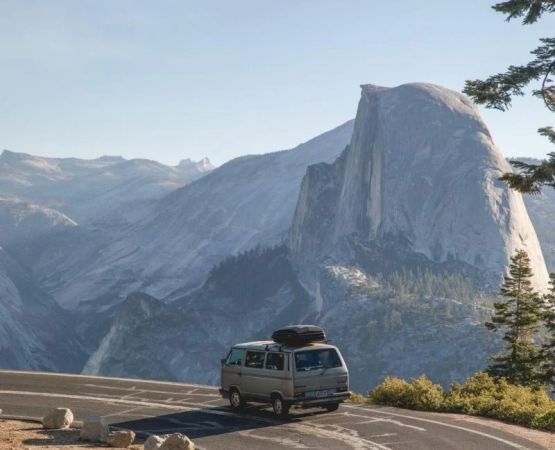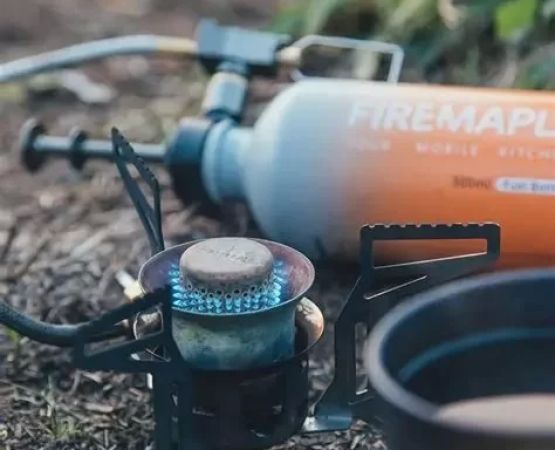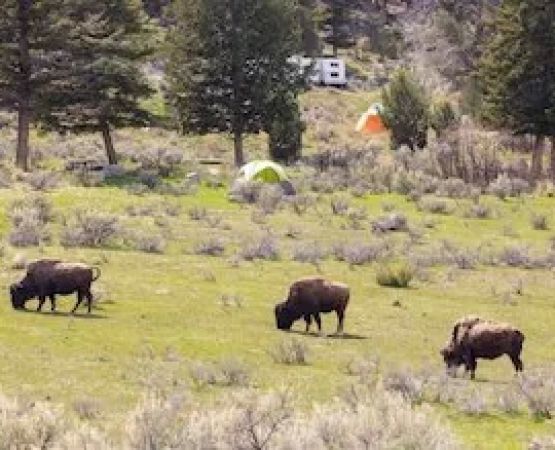- 1. Understanding Daylight Saving Time Changes
- 2. How to Adjust Your Camping Routine for Daylight Saving Time
- 3. Daylight Saving Time and Outdoor Activities
- 4. Must-Have Camping Gear for Daylight Saving Time
- 5. Best Timing for Camping During Daylight Saving Time
1. Understanding Daylight Saving Time Changes
Daylight Saving Time (DST) is a practice that involves moving the clock forward one hour during the warmer months to extend evening daylight. While many people are used to the time change in the spring and fall, it can affect outdoor activities like camping. For campers, understanding how DST impacts your schedule is key to making the most of your outdoor experience.
With the clock shift, there’s a change in when the sun rises and sets. In spring, when the time moves forward, you get longer evenings, but it can take some time for your body to adjust to the new schedule. For camping enthusiasts, this means you need to plan around these changes to ensure that your camping trip is comfortable and enjoyable.
2. How to Adjust Your Camping Routine for Daylight Saving Time
The shift to daylight saving time may require adjustments to your camping routine. Here are a few key considerations:
- Adjust Your Sleep Schedule: The most immediate impact of daylight saving time is the loss of an hour of sleep. If you’re heading out camping, start adjusting your sleep schedule a few days ahead of time to avoid being overly tired during your trip.
- Plan for Longer Days: With daylight hours extended, you’ll have more time to enjoy outdoor activities. Plan to take full advantage of the daylight by organizing your outdoor activities earlier in the day and ensuring your campsite is set up to accommodate evening fun as well.
- Be Aware of Changing Temperatures: In some areas, temperatures can drop once the sun goes down, and the shift in time means it may feel colder earlier than you’re used to. Be prepared by bringing extra layers or a sleeping bag suitable for lower temperatures.
3. Daylight Saving Time and Outdoor Activities
Daylight saving time offers more time in the evening for outdoor fun, but it also changes how you plan your activities. Here’s how to make the most of the longer daylight hours:
- Hiking and Exploration: The extended daylight gives you more time to explore trails and natural areas around your campsite. If you’re planning a hike, start earlier in the day to enjoy the sunshine, but be mindful of when the sun sets so you’re not caught in the dark.
- Campfires and Evening Activities: As the evening rolls in, a campfire can become the centerpiece of your campsite. During daylight saving time, you’ll have more time to enjoy the campfire, telling stories, cooking meals, or simply relaxing around the warmth. Just ensure you have enough daylight to set up before the sun sets.
- Fishing and Water Sports: If you’re camping near a lake or river, you’ll have additional time for fishing or water activities. Use the extended daylight to fit in more of your favorite outdoor pursuits, whether it’s a canoe trip or a peaceful afternoon fishing on the shore.
4. Must-Have Camping Gear for Daylight Saving Time
The time shift may affect your outdoor experience, but having the right camping gear can make all the difference. Here are a few items to bring that will help you adapt to the changes of daylight saving time:
- Portable Lanterns: While you’ll have more daylight, the evenings can still get dark quickly. A portable lantern will provide much-needed light for setting up camp or enjoying the outdoors after the sun sets.
- Camping Stove and Cookware: Cooking outdoors during extended daylight hours can be a fun way to enjoy your camping experience. A portable stove and lightweight cookware will make meal prep easy during the extra hours of daylight.
- Comfortable Sleeping Gear: With the time change, you may find yourself adjusting your bedtime. Make sure to bring comfortable sleeping pads and sleeping bags appropriate for the temperatures in your area, especially if it gets cooler after sunset.
- Portable Power Bank: Daylight saving time can be hard on devices, and you may use your phone more during your extended evenings outdoors. A portable power bank can keep your devices charged, so you don’t miss any important moments of your camping adventure.
5. Best Timing for Camping During Daylight Saving Time
Choosing the right time to camp during daylight saving time can make your trip even more enjoyable. Here are some tips for timing your camping trip:
- Spring Camping: The beginning of daylight saving time in spring is an ideal time to enjoy camping, as you get longer days without the oppressive heat of summer. Early spring is perfect for hiking, fishing, and setting up camp.
- Fall Camping: While daylight saving time ends in the fall, there are still many opportunities to enjoy the outdoors with crisp, cool evenings. Fall is a great time for cozy campfires and stargazing, but you may need extra layers as temperatures tend to drop after sunset.
- Start Your Trip Early: To get the most out of your daylight hours, try starting your camping trip in the morning. This way, you can maximize the time spent exploring or relaxing in nature before the evening sets in.
Whether you're camping in the spring or fall, adjusting to daylight saving time changes can be part of the adventure. At Pine Cliff Resort, we offer ideal camping accommodations that cater to your needs during daylight saving time. Plan your trip today and enjoy the extended daylight hours in beautiful natural surroundings.







